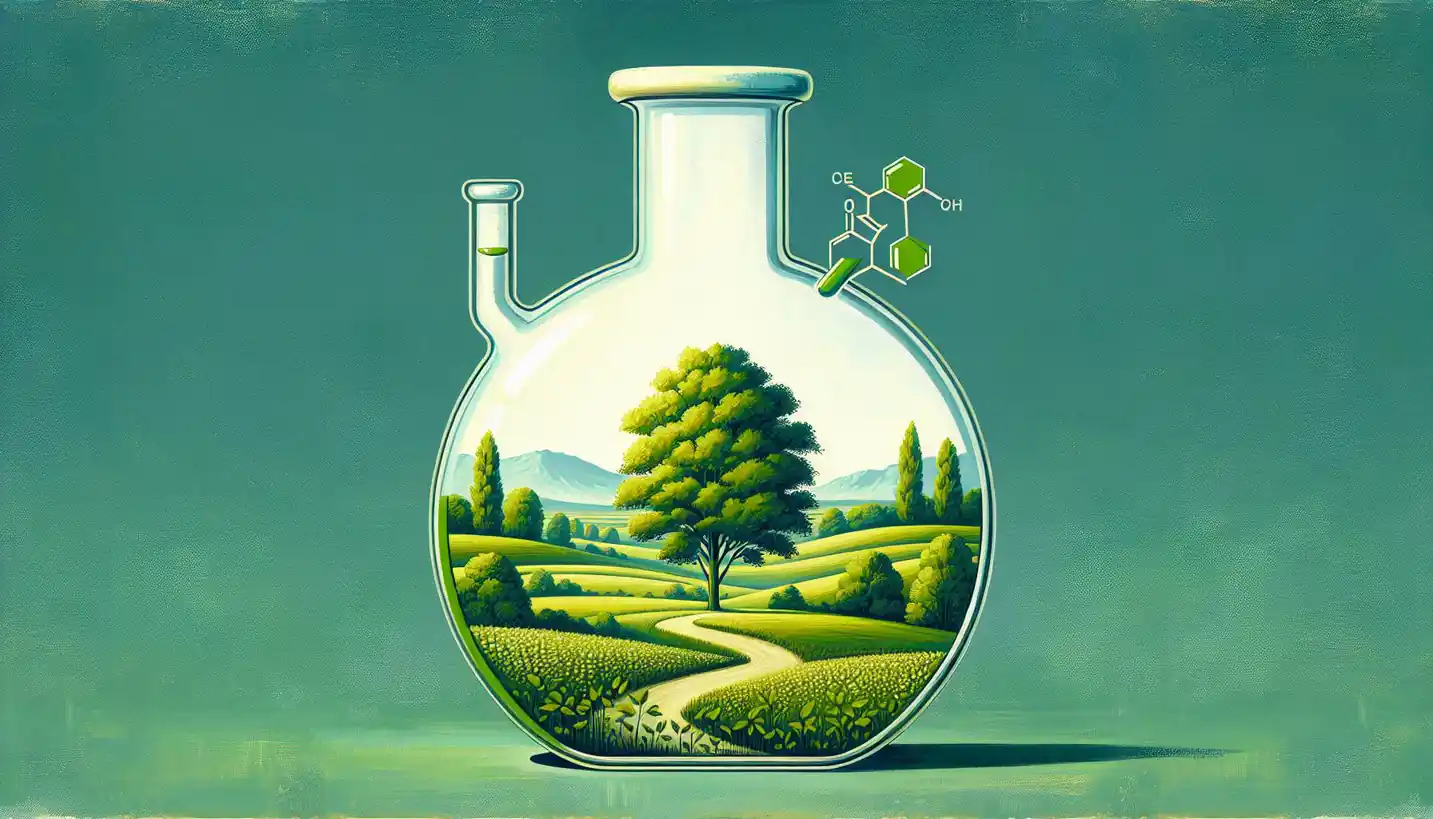· Chemistry · 4 min read
Kinetics: Unraveling the Mysteries of Chemical Reactions
Kinetics unravels the mysteries behind how fast chemical reactions occur, driving innovations in various fields. Discover how this branch of science can improve product design and efficiency.

Have you ever wondered how fast a slice of apple turns brown after being cut or why some medicines work quicker than others? These everyday curiosities lead us into the fascinating world of kinetics—a branch of science that unlocks the secrets behind the speed of chemical reactions.
Understanding Kinetics in Chemistry
Kinetics, in its simplest form, is all about the pace at which chemical reactions occur. If chemistry is like baking a cake, then kinetics is the timer that tells you how long each step should take. It doesn’t just focus on the “what” but also on the “how fast.”
When scientists study kinetics, they explore the factors that influence how quickly or slowly reactions take place. This involves looking at the concentration of substances, temperature, pressure, and the presence of catalysts. Think of catalysts as helpful kitchen assistants—they speed up the process without being changed themselves.
The Role of Temperature and Concentration
Imagine you’re making hot chocolate. The faster the water heats up, the quicker your drink is ready. Temperature and concentration are crucial in kinetics as they dictate how swiftly molecules move and collide.
When you increase the temperature, molecules gain energy and move faster. This means they’re more likely to bump into each other and react. Similarly, higher concentration means more molecules in the same space, leading to more frequent collisions. It’s like having more people in a room, making it more likely for them to interact.
Catalysts: The Reaction Accelerators
A catalyst is like a matchmaker in a romantic comedy, bringing two people together without getting involved. In chemical reactions, catalysts offer a shortcut, lowering the energy needed for molecules to react. This not only makes reactions faster but often more efficient too.
Everyday Examples of Kinetics
Kinetics isn’t just a concept stuck in a lab; it plays a big role in our daily lives. When you digest food, kinetics is at work, breaking down nutrients at the right speed for your body. The browning of apples or rusting of iron are other everyday examples where kinetics plays a pivotal role.
The Importance of Kinetics in Chemical Engineering
As we shift our focus to chemical engineering, kinetics becomes even more crucial. Chemical engineers apply these principles to design processes and systems that produce chemicals efficiently and safely.
For instance, when producing pharmaceuticals, understanding reaction kinetics ensures the right amount of active ingredient is produced at the right rate. This precision is vital for both safety and cost-effectiveness.
Balancing Act: Reaction Rates and Safety
Chemical engineers juggle multiple priorities, including the speed of production and safety. They must ensure that reactions occur at a controlled rate to prevent accidents. This involves a deep understanding of kinetics to predict how a reaction will behave under different conditions.
Imagine a scenario where a reaction is too slow; production might become inefficient and costly. On the other hand, if it’s too fast, it might cause hazardous situations, like pressure build-ups or unwanted heat generation. Kinetics helps engineers find that sweet spot where processes are smooth and safe.
Innovations Driven by Kinetics
The study of kinetics is pushing the envelope in fields like renewable energy and environmental engineering. By better understanding reaction speeds, we can design more efficient catalysts, improve battery technologies, and create cleaner industrial processes.
For example, advancements in catalytic converters in cars, which reduce harmful emissions, are rooted in kinetics. These devices convert gases at a rapid rate thanks to well-tuned catalysts, minimizing the impact on the environment.
Sparks of Curiosity: What Lies Ahead
As you can see, kinetics plays a vital role in both the lab and the real world. But what does the future hold? There are still many unanswered questions. How can we further optimize reactions for cleaner fuels? Can we find new catalysts that make processes more efficient without depleting resources?
These questions drive researchers to explore deeper into the world of kinetics, seeking innovations that promise a more sustainable and efficient future. The journey into kinetics is a continuous one, evolving as we discover more about the microscopic interactions that shape our macroscopic world.
Conclusion: Embracing the Rhythm of Reactions
Understanding kinetics gives us a window into the very rhythm of chemical reactions. From cooking your dinner to manufacturing life-saving drugs, it helps us grasp the importance of time and conditions in chemical processes. As we look towards the future, the insights we gain from studying kinetics will continue to shape industries and innovations, ensuring we harness the power of chemistry safely and effectively.


